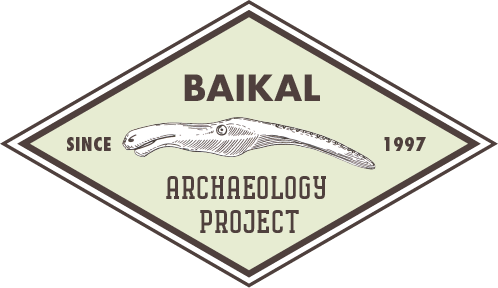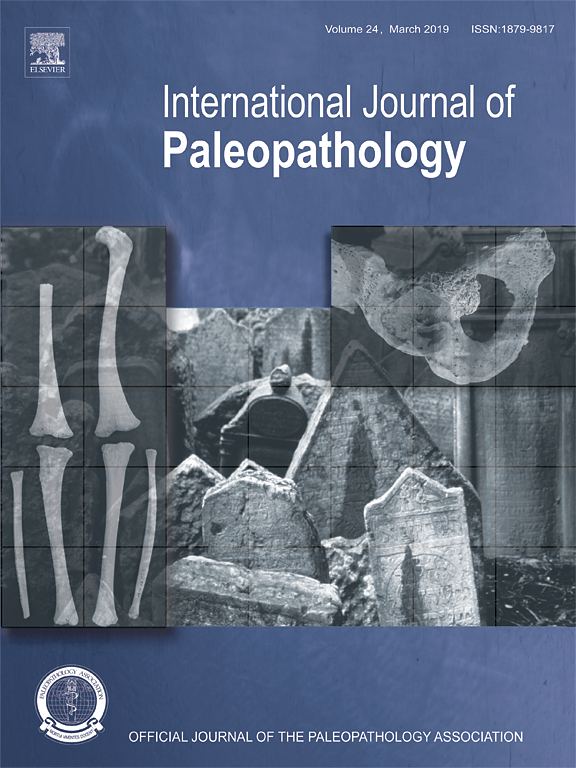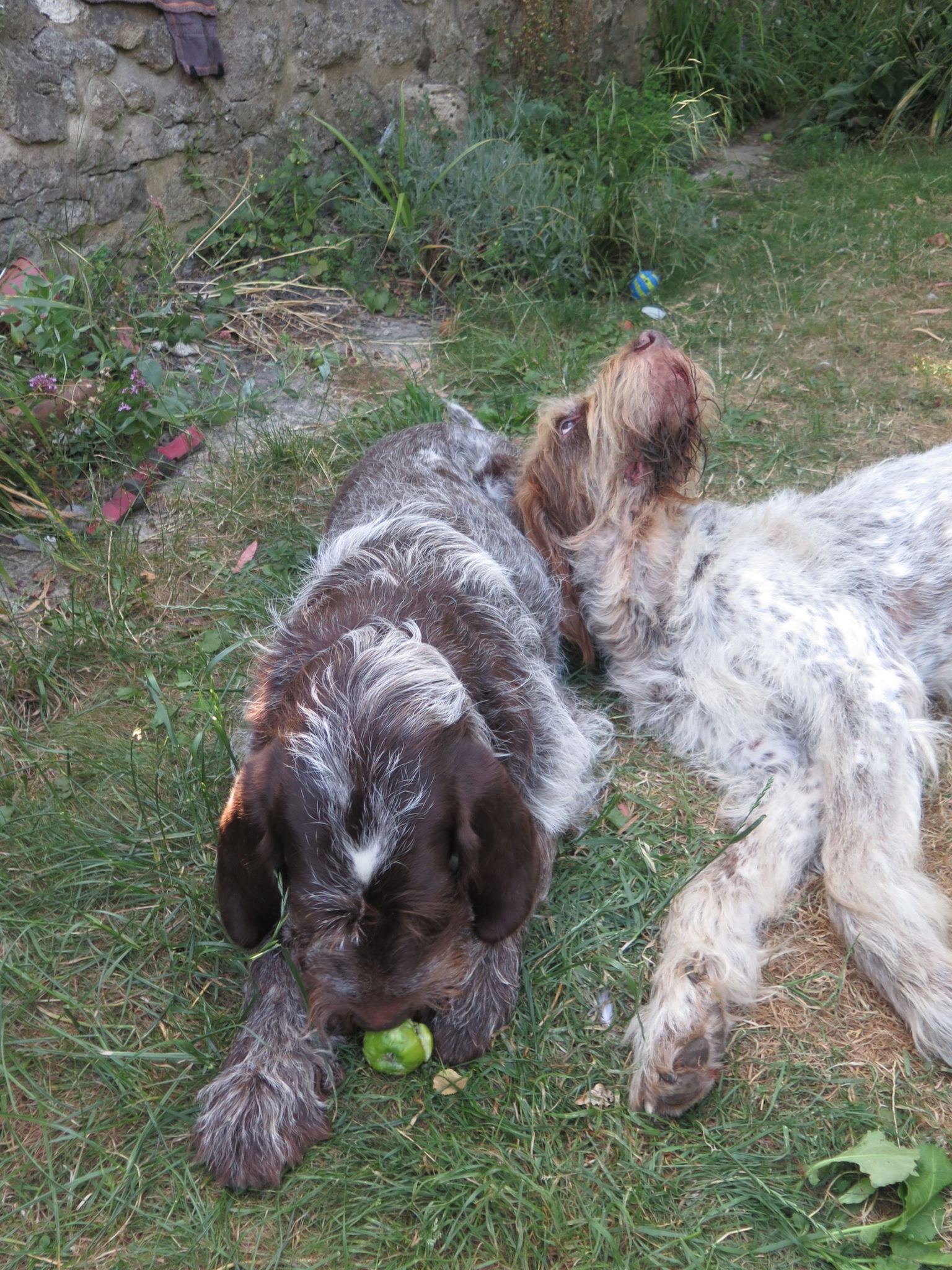Congratulations to Dr. Rick Schulting and co-authors on the publication of their paper in International Journal of Paleopathology!
Title: A sting in the tail: An embedded stingray spine in a mid-1st millennium AD adult male skeleton from Rebun Island, Hokkaido, Japan
Authors: Rick J. Schulting, Daisuke Kubo, Kiyonori Nishida, Izumi Braddick, Minoru Yoneda, Hirofumi Kato, Hajime Ishida
Abstract:
Objectives: We report here a stingray spine (Dasyatidae) found embedded in the femur of a male skeleton from the archaeological site of Uedomari-5, Rebun Island, Hokkaido, Japan.
Materials: A single well-preserved but incomplete human skeleton.
Methods: Macroscopic observation and low power magnification, CT imaging, radiocarbon dating and stable isotope (carbon, nitrogen) analysis.
Results: The stingray spine is tentatively identified as Bathytoshia brevicaudata. CT imaging shows no healing, indicating that death occurred shortly afterwards. The skeleton has been directly radiocarbon dated to the Okhotsk period (cal AD 429–827), with δ13C (- 13.7‰) and δ15N (19.3‰) values indicating a diet focused on marine foods.
Conclusions: The absence of healing in what would have been a non-lethal injury strongly suggests that the spine tipped an arrowhead, rather than being the result of an accidental encounter with a living stingray. It is possible that the injury reflects a period of increased conflict coinciding with, or following on from, the expansion of the Okhotsk culture from Sakhalin into northern Hokkaido.
Significance: Uedomari-5 provides the first example, to our knowledge, of a stingray spine directly embedded in human bone at an archaeological site. More widely, the finding contributes to our knowledge of conflict in northern hunter-gatherer communities.
Limitations: Given the early excavation date (1949–50), there is little contextual information available for the burials.
Suggestions for further research: ZooMS (Zooarchaeology by Mass Spectrometry) may be able to identify the stingray species. Archival research may provide more information concerning the excavations at Uedomari-5.
Congratulations to Rick and co-authors!
Dog days of summer!



